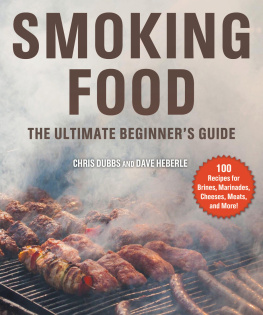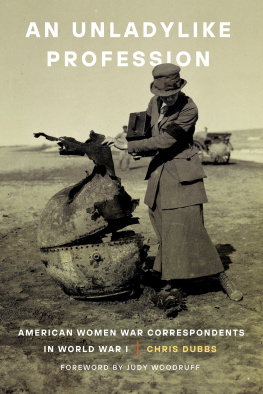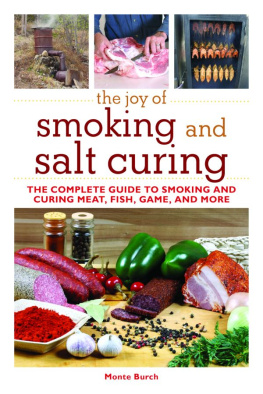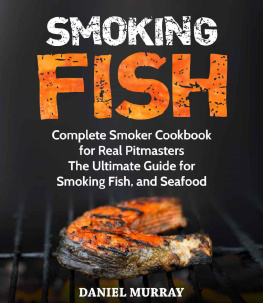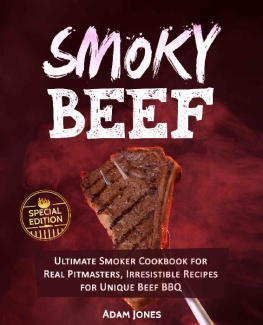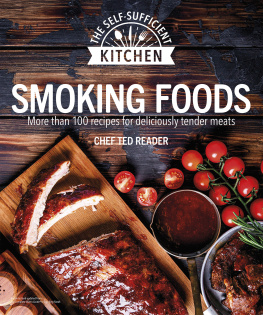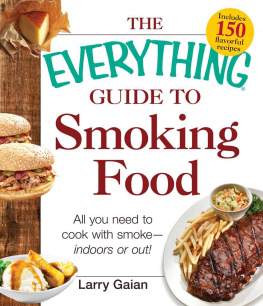


Copyright 2008, 2019 by Chris Dubbs and Dave Heberle
All Rights Reserved. No part of this book may be reproduced in any manner without the express written consent of the publisher, except in the case of brief excerpts in critical reviews or articles. All inquiries should be addressed to Skyhorse Publishing, 307 West 36th Street, 11th Floor, New York, NY 10018.
Skyhorse Publishing books may be purchased in bulk at special discounts for sales promotion, corporate gifts, fund-raising, or educational purposes. Special editions can also be created to specifications. For details, contact the Special Sales Department, Skyhorse Publishing, 307 West 36th Street, 11th Floor, New York, NY 10018 or .
Skyhorse and Skyhorse Publishing are registered trademarks of Skyhorse Publishing, Inc. , a Delaware corporation.
www.skyhorsepublishing.com
10 9 8 7 6 5 4 3 2 1
Dubbs, Chris.
Smoking food: a beginners guide/Chris Dubbs and Dave Heberle.
p. cm.
ISBN-13: 978-1-60239-257-1 (alk. paper)
1. Smoked meat. 2. Smoked fish. 3. Cookery (Smoked foods)
I. Heberle, Dave. II. Title.
TX609.D8 2007
641.49dc22
2007020077
Cover design by Daniel Brount
Cover photo by gettyimages
Print ISBN: 978-1-5107-4532-2
Ebook ISBN: 978-1-5107-4535-3
Photos courtesy of istockphoto, stock.xchng, and The Brinkmann Corporation.
Printed in China
Contents
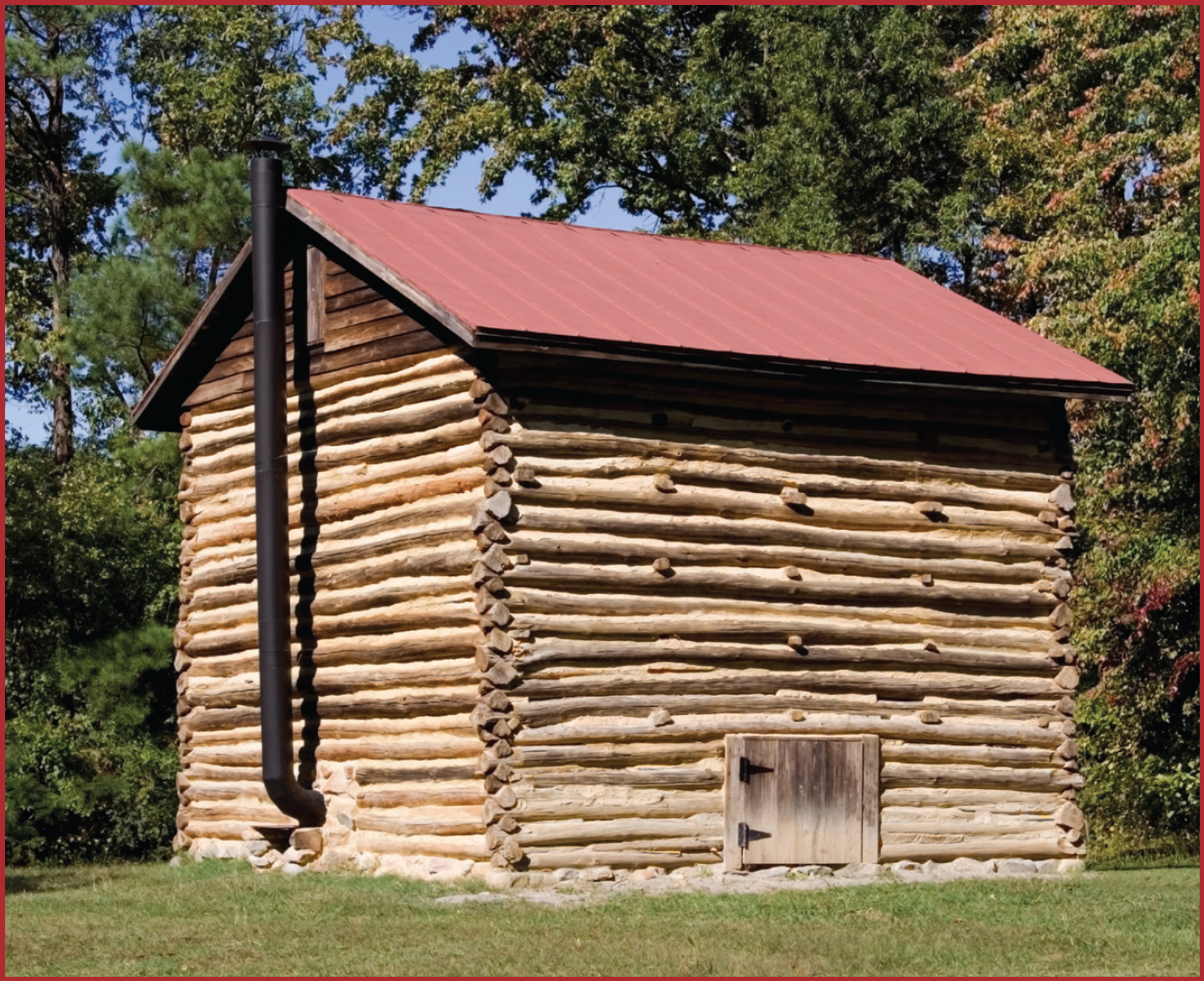
CHAPTER I
INTRODUCTION


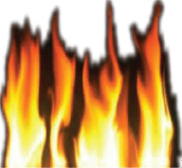
T he history of preserving food is a long and cloudy one. Eons ago, the struggle for survival was largely a matter of man eating anything that didnt eat him. Foods were neither grown nor cookedlet alone preserved.
But the years brought man weapons and cavesand fire, which became the primary means of cooking and preserving food. The first primitive recipes would hardly be appreciated today, as the only ingredient was fresh-killed game and the only instruction to throw it on the fire.
Slowly, the practice of preserving food became more sophisticated. By the dawn of civilization, when there were already 200,000,000 mouths to feed, the elementary forms of food preservationpickling, salting, and smokingwere already being practiced.
Smoking was eventually to establish itself as one of the most convenient and reliable methods of preserving meat for long storage. It was no surprise, therefore, that smoking became an integral part of Colonial America. Almost every home had a separate smokehouse and many cabins had smoke holes incorporated into their chimneys, where meat could be suspended and smoked using the cabin hearth as the source of smoke and heat.
The popularity of smoking remained relatively high until 1803, when a Baltimore, Maryland man placed a small carton covered with insulation within another box. He stored ice and food inside and called the contraption a refrigerator. This new, more convenient method of storing food caught on rapidly.
The ice box, the freezer, modern methods of processing meat, all these conspired against the age-old custom of home smoking. Since fresh meat from the Midwest could be shipped east daily in refrigerated cars, and freezers could keep food fresh for months on end, operating a smokehouse seemed an unnecessary bother.
Although food smoking faded from view for many years, it was never in any danger of dying out completely. Many foods just tasted too good when smokedbacon, for example, and ham, sausage, and all kinds of fish, especially salmon. The smoking of food moved into the big, commercial smokehouses. The availability of smoked food became a problem, and what was available was often of dubious quality, filled with chemical preservatives and coloring and even artificial smoke flavor.
Home smoking held on through the years mostly among enthusiastic sportsmen, who would fabricate smokers out of old refrigerators, barrels, garages, wheelbarrows, anythingjust so they could enjoy the fresh-smoked flavor of fish and game.
Since the 1970s, the portable, electric smoker has grown in popularity, helping to spark a revival in food smoking. Because of its convenience and modest price, this appliance is returning food smoking to the masses.
In spite of this renewed interest in food smoking, there has been a scarcity of information on the subject, amounting almost to a conspiracy. It is as if no one is supposed to know how to make delicious smoked salmon or succulent, sugar-cured hams. Published information has often been conflicting. Most magazine articles seemed to imply that their instructions were only relevant at a campfire in the mountains or in a garbage-can smoker. No wonder more people werent smoking food!
One thing that was clear in all the jumbled, distorted information of the past was that many people were smoking food in many different ways, and all were apparently satisfied with the results. If nothing else, it indicated that smoking is hardly an exact science. Smoking food is, in fact, an art. A great many variables influence the flavor of the finished product and most of them are under the control of the person doing the smoking. Fortunately for everyone who enjoys the unique flavor of smoked foods, smoking is an easy art.
Beneath all the individualized approaches are but a few simple procedures that anyone can master in short order. Working within these guidelines, the novice smoker can produce an astonishing array of masterfully smoked foods, turning even lowly, inexpensive cuts of meat into gourmet fare.
Smoking Food: A Beginners Guide is written with the idea that smoking food is something anyone can do. Every effort has been made to simplify and modernize age-old recipes and procedures without compromising quality. Since it was the electric smoker that brought the art back to the people, many instructions are written with that appliance in mind. Each recipe and procedure, however, is applicable or easily adapted to any other smoking device.
One thing a book on smoking cannot do is give precisely detailed instructions. Personal taste and smoker idiosyncracies are the two biggest reasons, but there are a host of factors that influence how you handle a particular meat, some of which may change each time you smoke. What is the size of the cut of meat? Is it to be eaten immediately or put in storage? How much time do you have to prepare it? Does it need tenderizing? How much salt flavor do you prefer? How much smoke flavor? These are only some of the factors involved.
A set of instructions appropriate for one occasion might be all wrong for the next. Obviously, instructions cannot be provided for every possible combination of circumstances. Therefore, most directions throughout the book are given in ranges. For instance, smoking or curing times might be given as one to four hours. This is usually done to provide a range of flavor from mild to strong. When uncertain about your taste preferences, it is always best to start with the shortest time. If you then desire a stronger flavor, the meat can be returned for additional smoking, or you can increase the time on your next effort.
Next page
